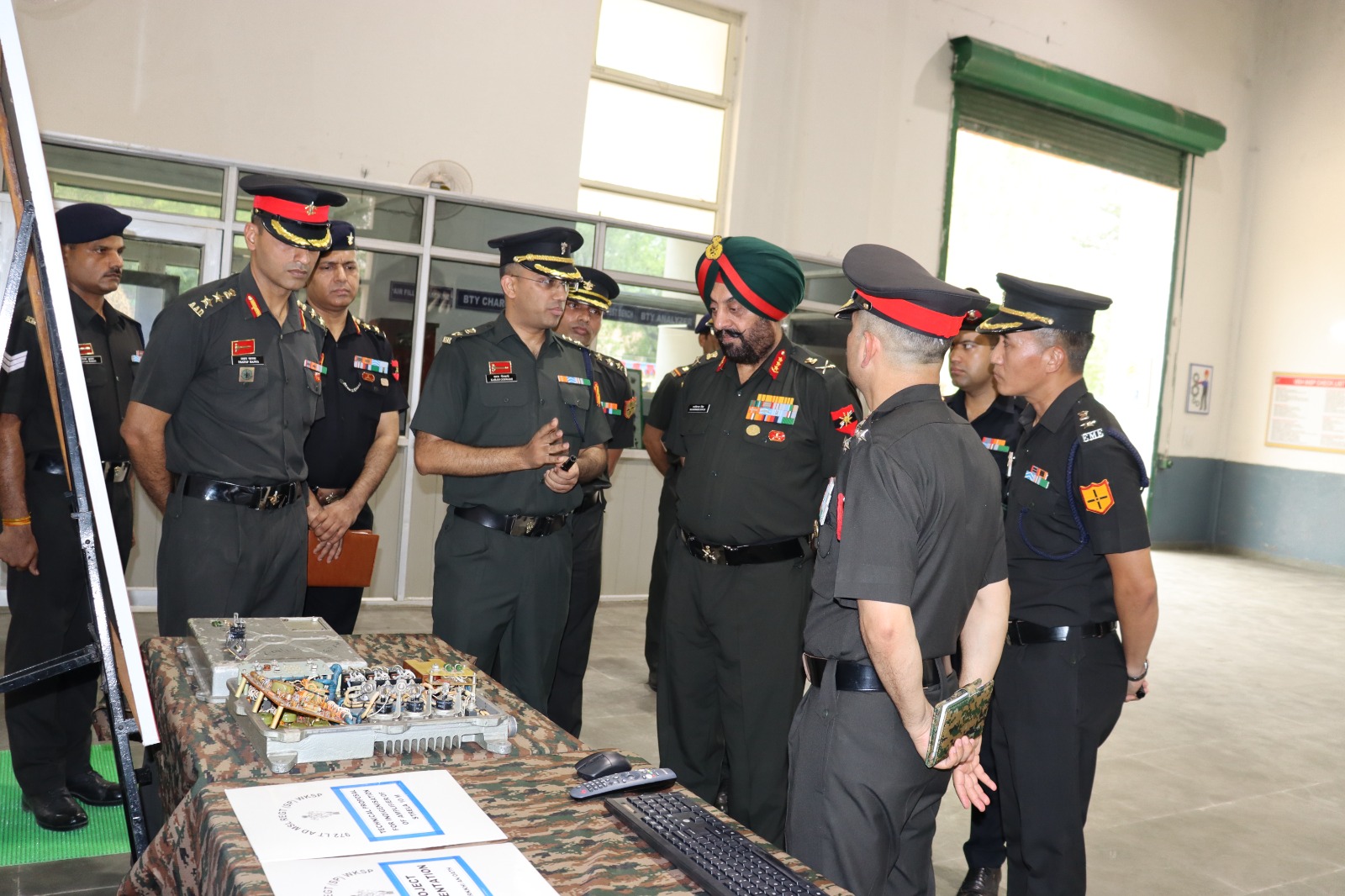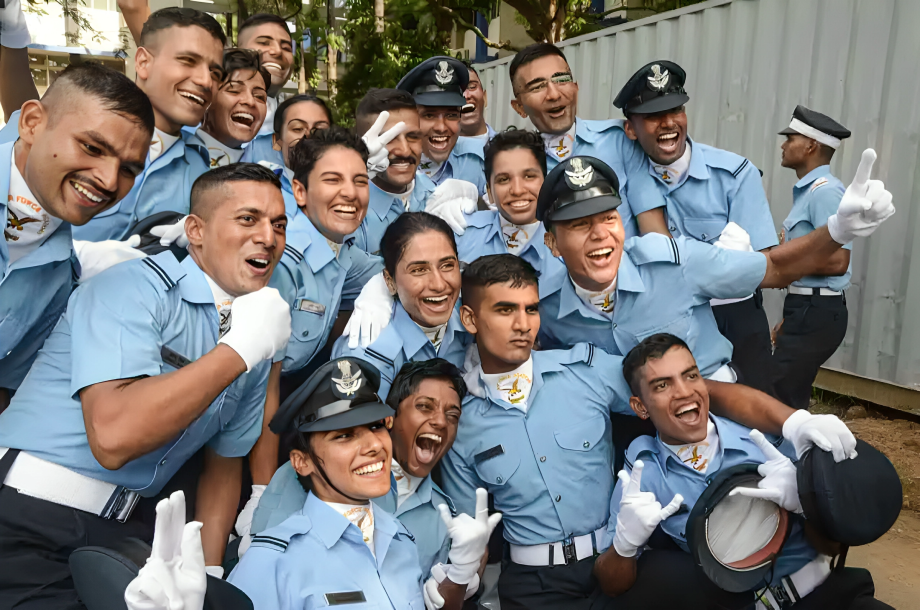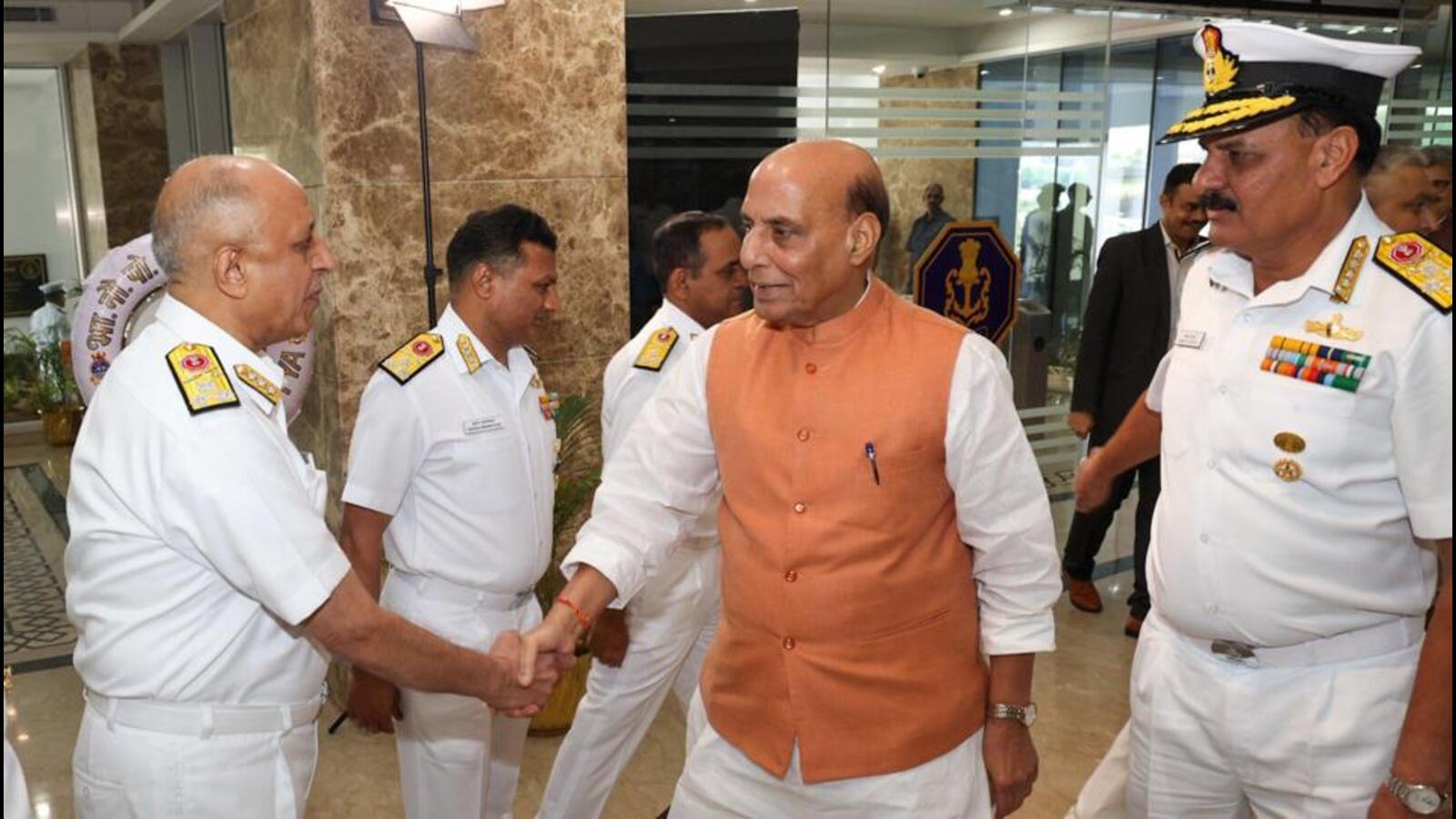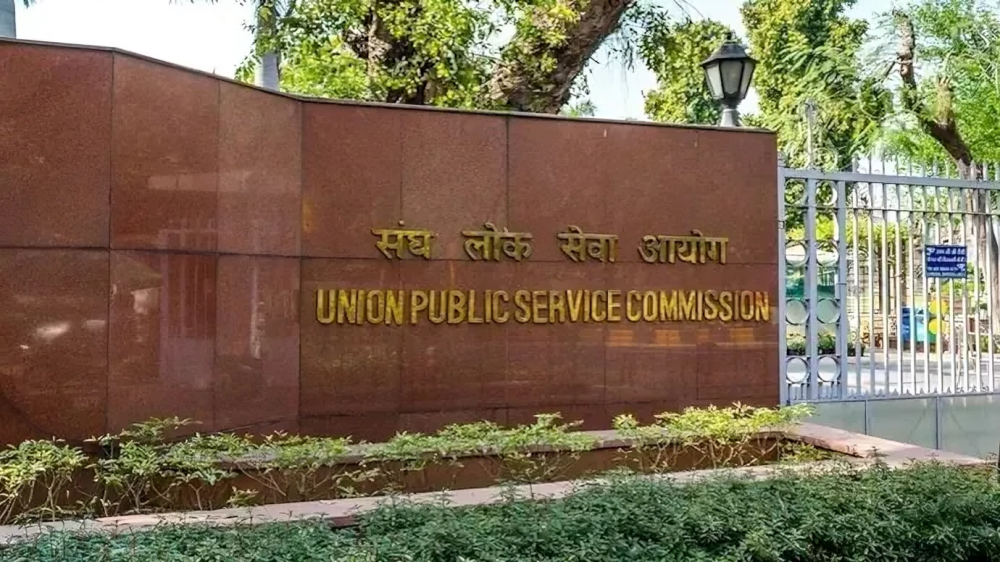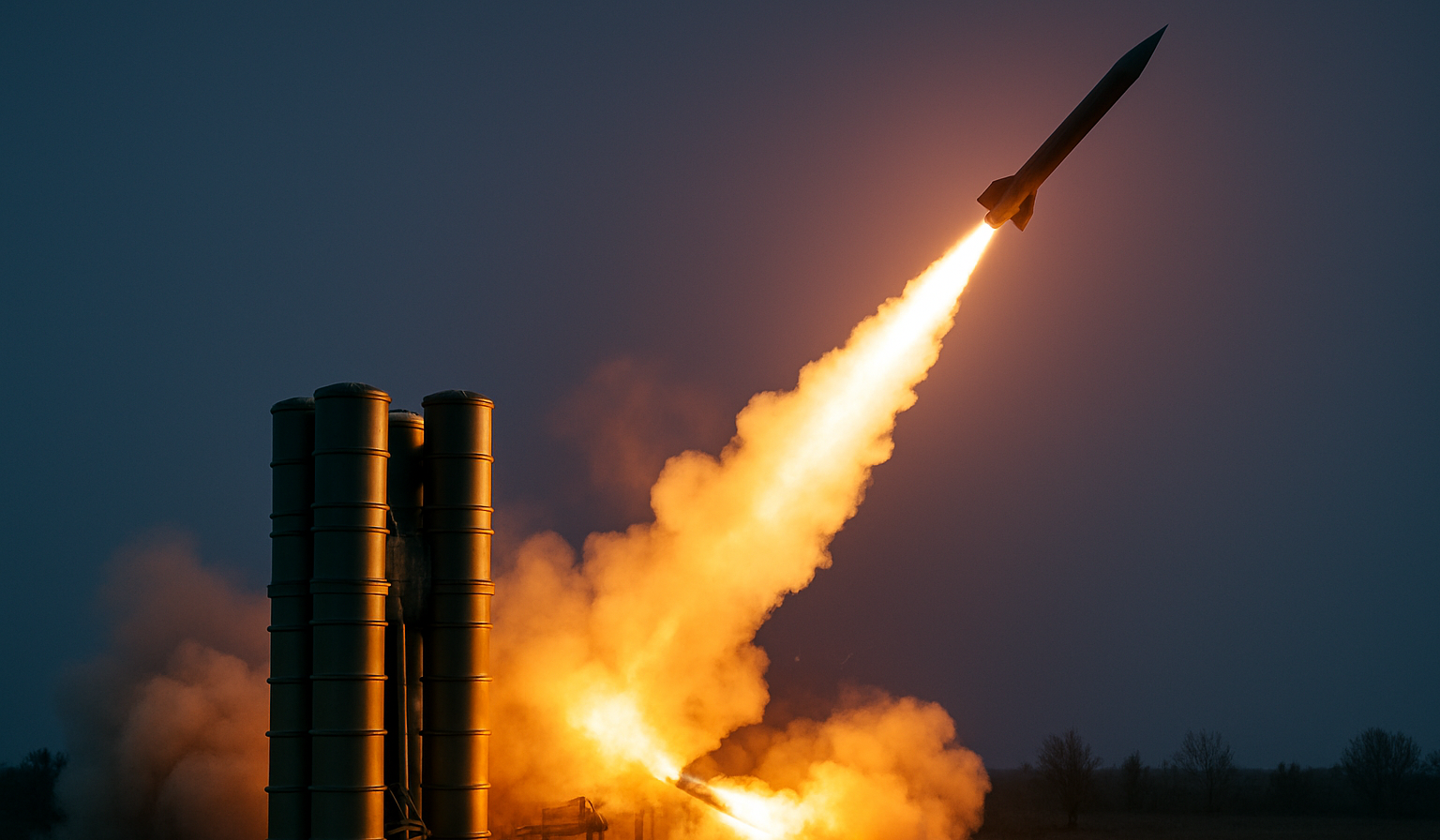Lt Gen Manjinder Singh Reviews Combat Preparedness of Kushagra Regiment in Jaipur
Lieutenant General Manjinder Singh, Army Commander of the Sapta Shakti Command, conducted a comprehensive review of the combat readiness of…
Subedar Narayana Wins Double Gold at Asian Indoor Rowing Championships
Subedar Narayana, a para-athlete from the Indian Army, has brought immense pride to the nation by clinching two gold medals…
AFCAT 2 2025 Notification Out for 284 Posts, Online Application Begins From 2nd June 2025
The Indian Air Force (IAF) has officially released the AFCAT 2 2025 Notification, announcing a total of 284 vacancies for…
Defence Minister Rajnath Singh Begins Two-Day Visit to Goa to Strengthen Ties with Indian Navy
Defence Minister Rajnath Singh embarked today on a significant two-day visit to Goa, aimed at reinforcing the government’s commitment to…
UPSC Introduces New Online Application Portal for Exams
The Union Public Service Commission (UPSC) has launched a new online portal for registration and application submission for its examinations.…
S-400 Makes Historic Kill: Shoots Down Pakistani AWACS Aircraft from 314 KM During Operation Sindoor
In what is being hailed as a defining moment for India’s air defense capability, an Indian S-400 Triumf surface-to-air missile…

